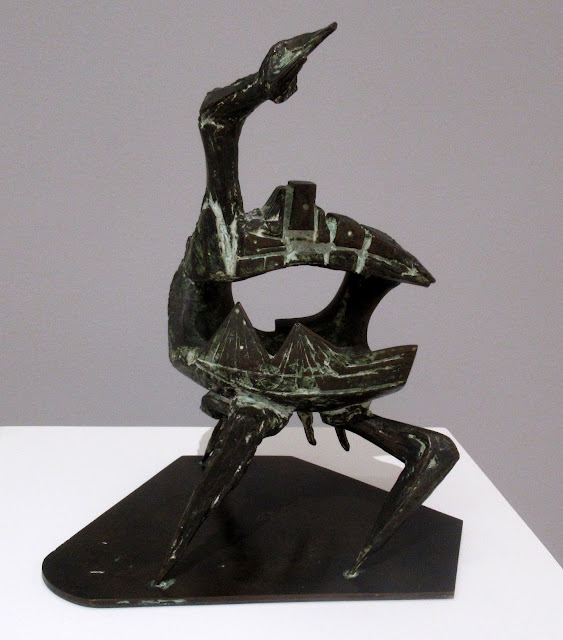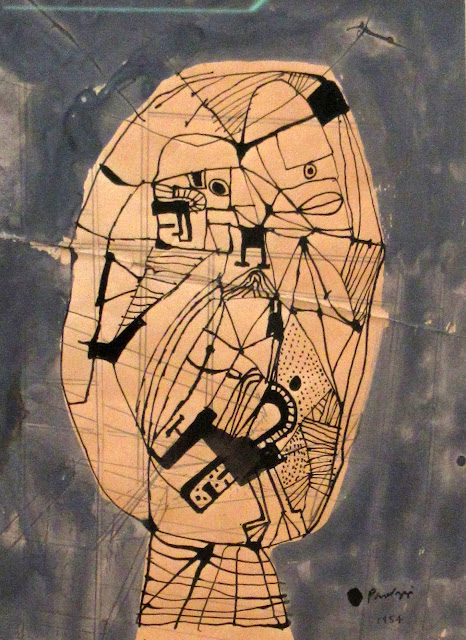Towards a New World: Sculpture in Post-War Britain, at Marlborough Fine Art.
The exhibition explores the international impact of a group of young sculptors and artists who merged past trauma, present anxieties and future hopes into a new visual language. They were influenced by trail-blazing artists such as Germaine Richier and Alberto Giacometti.
Britain emerged from the shadow of WWII unequivocally altered, shaken by the collective trauma the Western world had endured while new adversaries were beginning as tensions grew between the US and the Soviet Union. Amid the harrowing memories of war and the looming threat of nuclear annihilation, a young generation of sculptors sought to capture the post-war sensibility.
In 1952, art critic Herbert Read curated the British Pavilion at the Venice Biennale. Entitled New Aspects of British Sculpture, the exhibition introduced a group of young British sculptors to an international audience. The sculptors included Reg Butler, Lynn Chadwick, Kenneth Armitage, Georffrey Clarke, William Turnbull, Bernard Meadows and Eduardo Paolozzi. Read coined the term 'geometry of fear' to describe the rough, sharp and twisted shapes of their works:
'These new images belong to the iconography of despair, or of defiance; and the more innocent the artist, the more effectively he transmits the collective guilt. Here are images of flight, or ragged claws 'scuttling across the floors of silent seas', or excoriated flesh, frustrated sex, the geometry of fear'.
Splintering and adrift, human and inhuman, the ambiguous forms of their works articulated a new visual language, emblematic of a period that precariously straddled the horror of the past and promise of the future. The same year, Elisabeth Frink held her first solo show at London't Beaux Arts Gallery. Frink's warrior figures display a fragile 'hyper-masculinity', whose violent proclivities are juxaposed with an uneasy vulnerability.
This turn away from the smooth, monumental forms of Henry Moore and Barbara Hepworth owes much to the influence of Germaine Richier and Alberto Giacometti. Richier had staged her first London show at the Anglo-French Art Centre five years prior to the group's showing at the Venice Biennale. Her deformed, animal-hybrid figures resonated strongly with young British sculptors.
Graham Sutherland, Study for Horned Forms, 1960, (gouache and black chalk on paper)
Kenneth Armitage, Sprawling Woman, 1957, (bronze)





























No comments:
Post a Comment